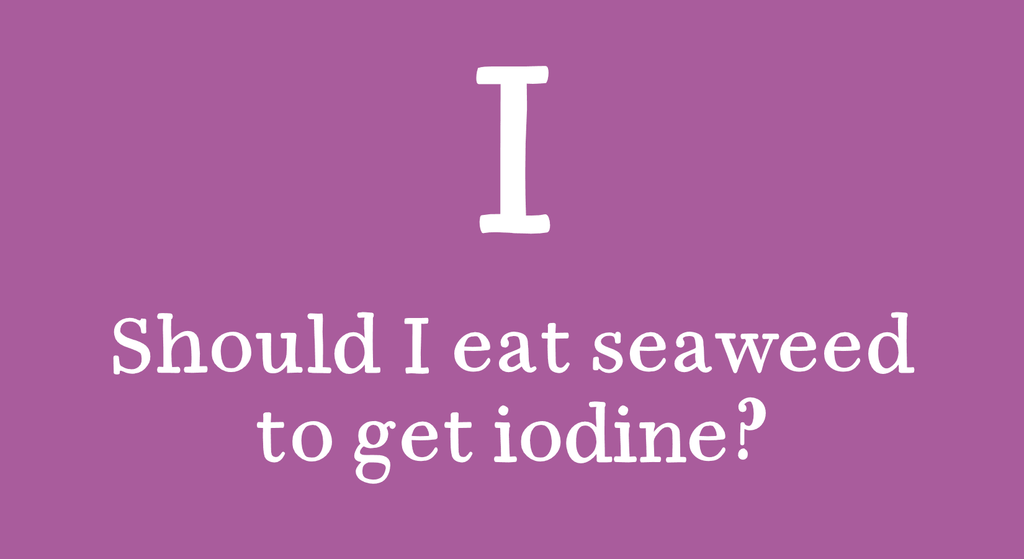I am growing various macro algae in a display refugium. Recently started dosing iron which helped in darkening up my green macro and an overall growth spurt. I know that iodine is good for red macro but will it be as beneficial as people make it out to be? Would love to give my hypnea and halymenia a competitive edge.
Navigation
Install the app
How to install the app on iOS
Follow along with the video below to see how to install our site as a web app on your home screen.
Note: This feature may not be available in some browsers.
More options
You are using an out of date browser. It may not display this or other websites correctly.
You should upgrade or use an alternative browser.
You should upgrade or use an alternative browser.
Dosing Iodine for red macroalgae growth
- Thread starter Eatfrenchfries
- Start date
- Tagged users None
very few macro need iodine. Chaetomorphy does not need iodine and ChaetoGrow does not have iodine.I would first use a test like salifert's or an icp to see if you actually need to dose it. Alternatively, you could always try something like chaetogro.
Xenia needs iodine.
In high concentrations, iodine is detrimental to micro inverts and is sometimes used as a sanitizing coral dip.
Last edited:
I am growing various macro algae in a display refugium. Recently started dosing iron which helped in darkening up my green macro and an overall growth spurt. I know that iodine is good for red macro but will it be as beneficial as people make it out to be? Would love to give my hypnea and halymenia a competitive edge.
What data do you have that iodine is good for Red Macro. I grew Gracilaria Hayi & Paspoidies commercially. Iodine did not show up in dry analysis when tested at regional agriculture lab.
Brown macroalgae has by far the largest amount of iodine in its tissue with red and brown having many times less. I would assume that the green and red algae uptake much less iodine with the levels being that much lower.
Let’s separate what’s “good for macro“ with macros are a sponge that absorbs what is in the water. In trace amounts, zinc & copper are used by enzymes to produce certain biochemistry in seaweed. Iodine is unique in that scientist don’t know what it does for the seaweed. Speculation is that the antimicrobial & antioxidant properties of iodine are utilized by seaweed to alter dna response to environmental conditions, often called “gene expression”.
(Gene expression is the process by which the information encoded in a gene is used to direct the assembly of a protein molecule. The cell reads the sequence of the gene in groups of three bases. Each group of three bases (codon) corresponds to one of 20 different amino acids used to build the protein.)

 seaveg.com
seaveg.com
(Gene expression is the process by which the information encoded in a gene is used to direct the assembly of a protein molecule. The cell reads the sequence of the gene in groups of three bases. Each group of three bases (codon) corresponds to one of 20 different amino acids used to build the protein.)

Should I Eat Seaweed to Get Iodine?
People often become interested in seaweed after discovering the benefits of iodine for thyroid health, mental function, metabolism, energy levels, and protection against radiation poisoning. Adequate iodine intake optimizes all of these, and seaweed is known as one the best sources of dietary...
 seaveg.com
seaveg.com
Why does seaweed contain so much iodine?
It’s not entirely understood why or how seaweed concentrates iodine to this degree, but a prevailing theory is that iodine, which we know is antimicrobial, plays a role in plant microbial defense. Another theory is that macroalgae use iodine as an antioxidant. Both theories may be true at once.Similar threads
- Replies
- 12
- Views
- 314
- Replies
- 6
- Views
- 262
- Replies
- 3
- Views
- 214
- Replies
- 11
- Views
- 542














